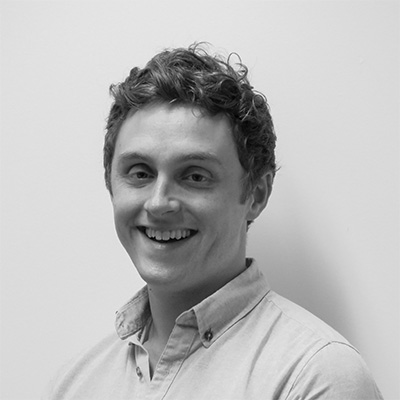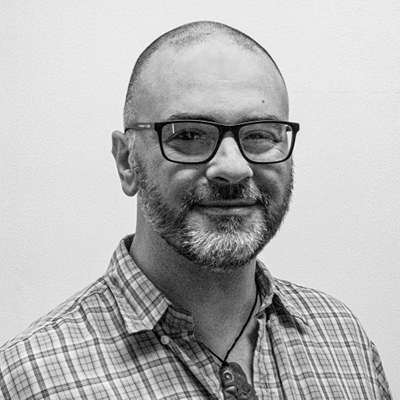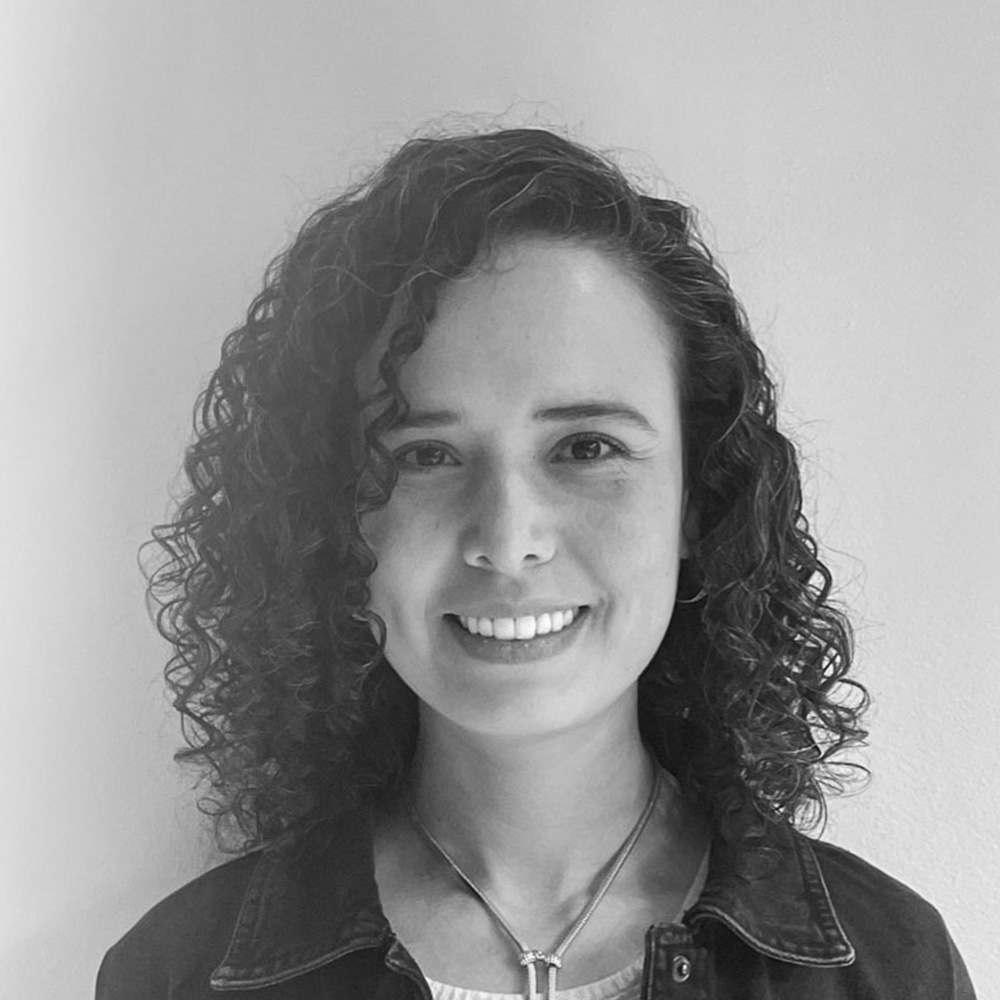
Modelling First Nations workforce demand in Victoria
Our workforce demand model for VACCHO forecast that Victorian ACCOs will need to grow their workforce by an average 120% by 2037.

- With the Victorian Government’s greater commitment to First Nations self-determination, the Aboriginal Community Controlled Organisation sector has greater responsibility for understanding its community’s needs and the workforce required to support it.
- VACCHO, the peak representative for First Nations health and well-being in Victoria, engaged SVA Consulting to forecast workforce demand based on expected population growth and service demand 15 years in the future.
- The projections forecast Victoria’s First Nations population to increase by 74% by 2037 to 142,000, growing at an average annual rate of 3.8% per annum. This compares to the rest of Victoria at 1.6% per annum.
- Across each of the initial four Members modelled, workforce demand is expected to grow faster than population increasing by between 90% and 150%.
- Our insights about workforce planning include: trust is key, forecasting is only as good as the available data, no one size fits all, and the process can be time consuming.
The Victorian Government’s commitment to First Nations self-determination has placed greater responsibility on the Aboriginal Community Controlled Organisation (ACCO) sector to be the leading provider of holistic, wrap-around care to First Nations communities across Victoria.
As a result, it is more important than ever that the ACCO sector understands its communities, their needs and the workforce required to support them.
This article looks at:
- who is the Victorian Aboriginal Community Controlled Health Organisation (VACCHO)?
- why modelling workforce demand for this sector is important
- what it took
- the modelling results and
- insights from the process.
Who is VACCHO?
Set up in 1996, the Victorian Aboriginal Community Controlled Health Organisation (VACCHO) is the peak representative body for First Nations health and wellbeing in Victoria. It has a vision for vibrant, healthy, self-determining Aboriginal communities. It provides a united voice for its Members, the 33 ACCOs from across Victoria, ensuring they have a say on decisions made about their communities.
VACCHO also provides various services to Members to support the delivery of high-quality, culturally-safe health and social services to the First Nations community across the state. This includes:
- providing training to ACCO sector staff through their Registered Training Organisation (RTO)
- providing cultural safety training and audits to other organisations
- supporting ACCO workforce skills development
- influencing and advising on government policy development.
Why model workforce demand?
Given the Victorian Government’s commitment to First Nations’ self-determination, VACCHO identified workforce planning and development as a strategic priority in its 5-year Victorian Aboriginal Health and Wellbeing Workforce Strategy.
According to Jim O’Shea, VACCHO’s chief operating officer, “Workforce planning and development is critical for our Members. It supports them to grow and retain their workforce to meet community needs and to meet regulatory requirements (such as mandatory qualifications or staffing ratios).
“It also supports planning for infrastructure needed to meet the workforce size (e.g. buildings for services, tools such as phones and laptops, fleet cars and work uniforms) and advocacy for funding to meet workforce size and needs.”
In addition explains O’Shea, “If the size and needs of the workforce are appropriately mapped out, it means our Members can also plan for staff capability development. This includes leadership and succession planning, skillsets and qualifications, even through to attendance at events and conferences.”
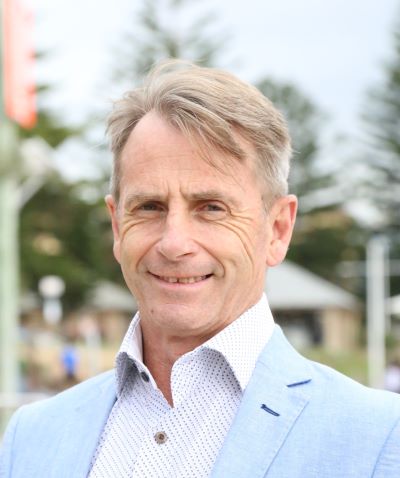
VACCHO engaged SVA Consulting to develop a workforce demand model to help achieve this strategic priority. The model forecasts ACCOs’ workforce needs 15 years into the future based on expected population growth and service demand.
What it took
The workforce demand model built upon [previous modelling work with Victorian Aboriginal Child Care Agency (VACCA)].
With support from demographer Taylor Fry and in partnership with VACCHO, SVA developed three interdependent models that project for an individual ACCO and their catchment area:
- Aboriginal and Torres Strait Islander population growth – This model can forecast population by age-cohorts and is customisable by geographic regions. Population forecasts are driven by four factors: births, deaths, migration and an ‘unexplained growth’ factor. This ‘unexplained’ factor captures the growth in population seen between Censuses that cannot be explained by the other three factors. This factor has been a significant contributor to historical growth; from 2016 to 2021, 57% of population growth was attributed to ‘non-demographic factors including an increased propensity for people to identify as Aboriginal and/or Torres Strait Islander.’1
- Service demand – These are projections of the demand for each service delivered by Members. Demand was estimated through a combination of desktop research and consultations with key stakeholders to identify indicators that can be used as a proxy for demand growth.
- Workforce demand – This is tailored to each individual ACCO. Future workforce demand was projected using data gathered from Members including their catchment area, services provided, clients and staff, combined with outputs from the Aboriginal and Torres Strait Islander population growth model and service demand model.
Together, we used these three interdependent models to develop workforce demand projections for four of VACCHO’s Members: Bendigo and District Aboriginal Co-operative, Dhauwurd-Wurrung Elderly and Community Health Service, Ramahyuck District Aboriginal Corporation, and Rumbalara Aboriginal Co-operative.
“For this, we wanted a range of ACCO locations and sizes, so that we could estimate from a high-level not just the average population, service and workforce growth for Members, but also gain a localised and size-specific context,” says O’Shea.
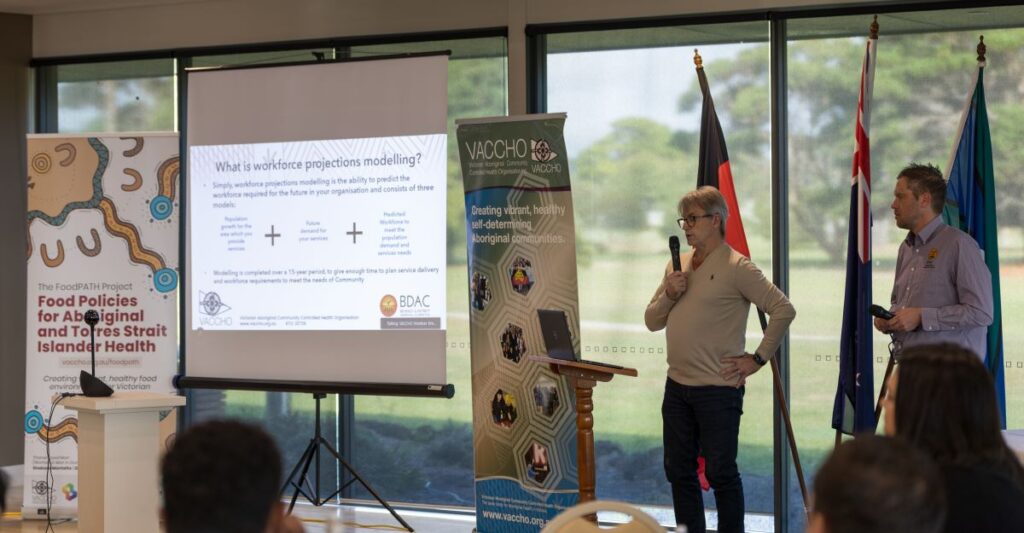
In a smaller ACCO, services are designed and delivered differently with most roles working across many different service areas, while in larger ACCOs, the same roles are more likely to be assigned to a single service area. The different service designs across ACCOs means the forecast demand for particular roles is also different.
“Having a good sample of ACCOs with a spread of service provision also means that we have an average workforce growth for the majority of services that our Members provide. This is beneficial for VACCHO’s advocacy and support for Members,” says O’Shea.
Modelling results
The projections forecast Victoria’s First Nations population to increase by 74% by 2037 to 142,000, growing at an average annual rate of 3.8% per annum. This compares to the rest of Victoria at 1.6% per annum.
Compared to the most recent ABS projections of First Nations population from 2019, our model estimates an additional 28,000 First Nations people by 2031 (the furthest year out of ABS projections).
This difference is driven by the unexplained growth factor noted above, particularly the increasing propensity for people to identify as Aboriginal and/or Torres Strait Islander.
“This project is important for highlighting the resilience and growth of the Victorian Aboriginal and Torres-Strait Islander population, whose numbers suffered greatly due to the impacts of colonisation – historical and current,” says O’Shea.
“The projections also provide an important evidence-base for advocacy, as in Victoria it can feel like our community is forgotten about compared to in other parts of Australia.
“The projections show that policies and funding need to recognise the high population of Aboriginal and Torres Strait Islander people in Victoria, and government action needs to reflect this.”
… the demand for the majority of these therapeutic services is going to continue to grow in the absence of appropriate funding for prevention services.”
Across each of the four Members, workforce demand is expected to grow faster than population; workforces will need to increase by between 90% and 150%.
O’Shea knows that these numbers may change as they apply the model to other ACCOs, but he says “these results are the evidence base for what VACCHO and our Members know already.
“We know that ACCOs are working hard daily to provide services to community, but the demand for the majority of these therapeutic services is going to continue to grow in the absence of appropriate funding for prevention services.”
“we have been able to use this modelling to apply for growth funding and help develop our strategic plan.”
The analysis was highly valued by senior management across VACCHO and its Members, and has been used to support both long-term strategic planning and advocacy to government. The project has already been shared widely by VACCHO and generated interest across the sector.
Many members, says O’Shea, were not surprised by this potential growth. “Now, they have the evidence base to articulate this to funders.”
VACCHO has heard from their Members2, such as Dhauwurd-Wurrung Elderly and Community Health Service who shared “we have been able to use this modelling to apply for growth funding and help develop our strategic plan.”
VACCHO also heard from Rumbalara that it “allows us to better strategise and plan for our more immediate and longer term needs for our workforce and their development.”
VACCHO is now rolling out the model to all its Members to support with requirements for infrastructure grants, operational and logistical needs, and for workforce planning and development.
Lessons learnt
Insights from the project included:
Trust is key
To get the right data, to the right level of detail, trust is required between all three parties – the Member, VACCHO and SVA. The Member must trust that the data will be used confidentially and in the right way, trust that the time investment will lead to meaningful outputs, and trust that the outputs can be used to drive change. At SVA, we strive to be a trusted partner to First Nations organisations, underpinned by our [First Nations practice principles].
Forecasting is only as good as the available data
The workforce model relied heavily on the Members’ own data to create an accurate picture of current services, from which to then project forecasts from. To forecast future workforce demand at the level of detail of each individual role within the organisation requires detailed data on clients and staff across all the Member’s services. The level of detail and accuracy in current data directly correlates to the meaningfulness of future workforce demand forecasts.
No one size fits all
The ACCO sector is incredibly diverse, with organisations varying in the number of staff, number of services provided, catchment area population and catchment area size. As such, the approach needs to be flexible depending on their need and capacity. A smaller organisation may only have capacity for higher-level data gathering, resulting in higher-level forecasts, while a larger organisation – providing many more services – may have the in-house resources to gather the data for more detailed projections.
Also O’Shea acknowledges, “this model does not take into account growth of new services if they were added to an ACCO remit. So, some further work around benchmarking options in all future modelling is required.”
“As we roll out the modelling, we need to reduce the burden on ACCOs by simplifying the data collection process and types of data requested.”
The process can be time consuming
Gathering the right data, on clients and staff across each service provided, required a significant time investment from all parties: the Member, VACCHO and SVA. Each additional layer of detail requires significantly more time for increasingly marginal returns.
As O’Shea says, “ACCOs are extremely busy and very much underfunded, so any time we get to work with them needs to be purposeful. As we roll out the modelling, we need to reduce the burden on ACCOs by simplifying the data collection process and types of data requested.”
- Australian Bureau of Statistics, Understanding change in counts of Aboriginal and Torres Strait Islander Australians, (Analysis of change in counts in the 2021 Census), April 2023
- Victorian Aboriginal Community Controlled Organisation (VACCHO), VACCHO Impact Report FY23, Sept 2023


